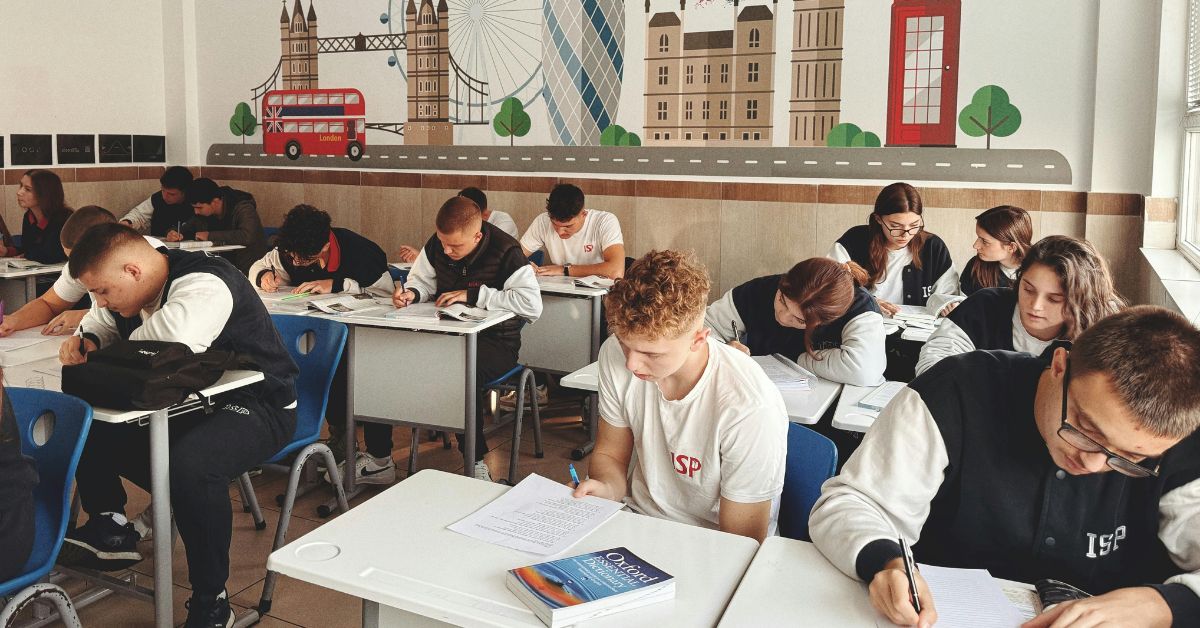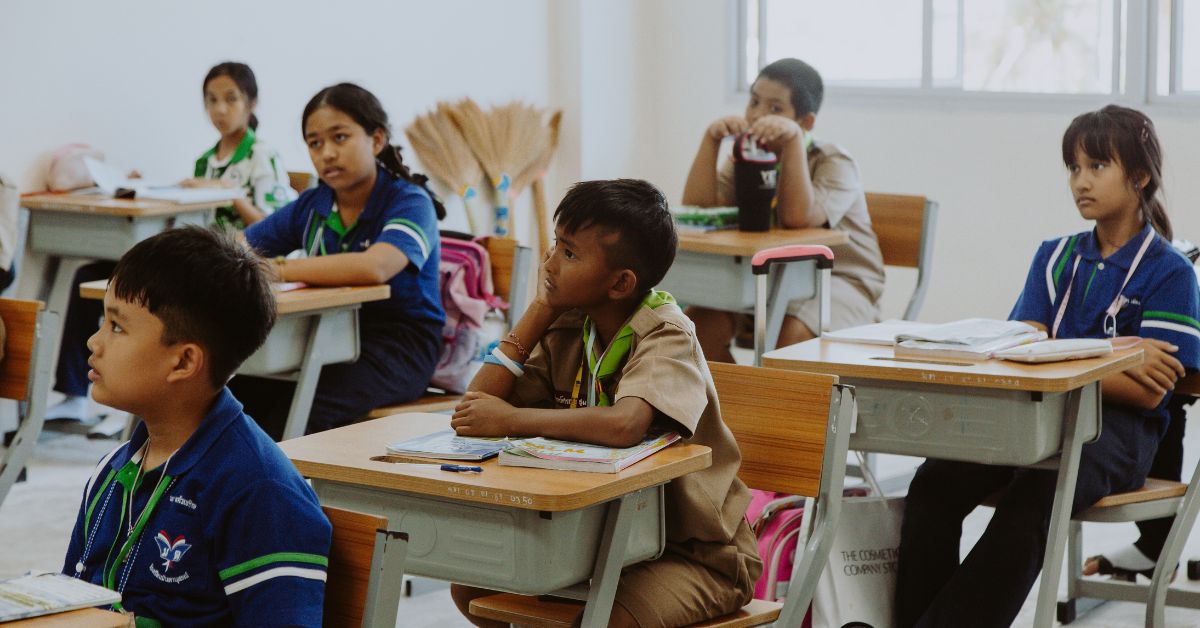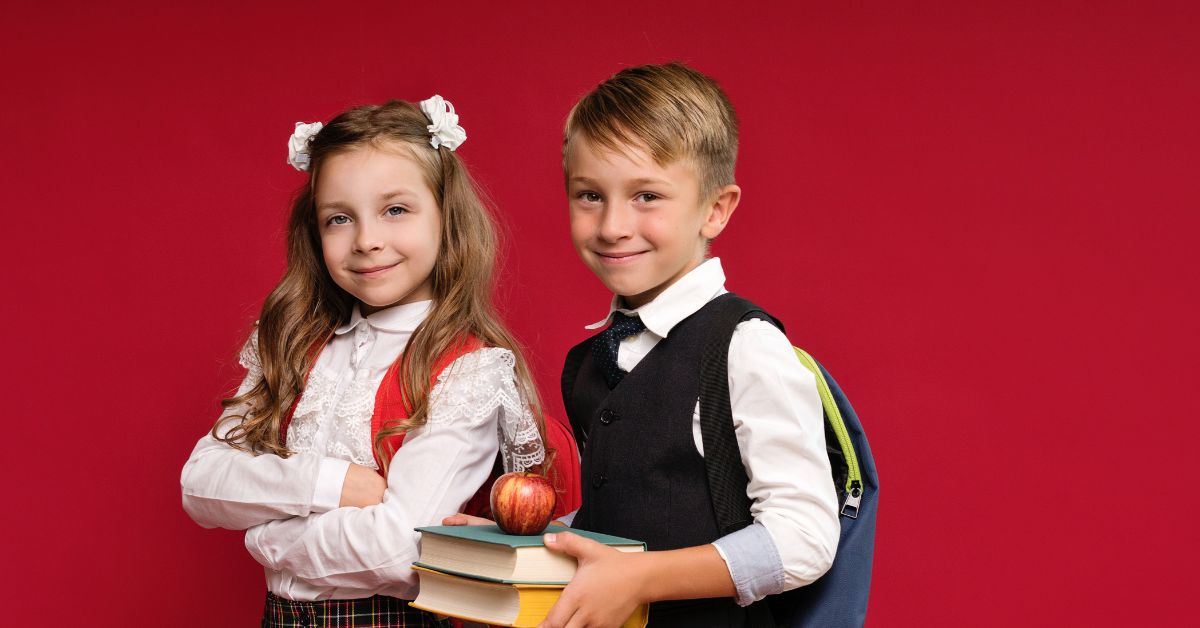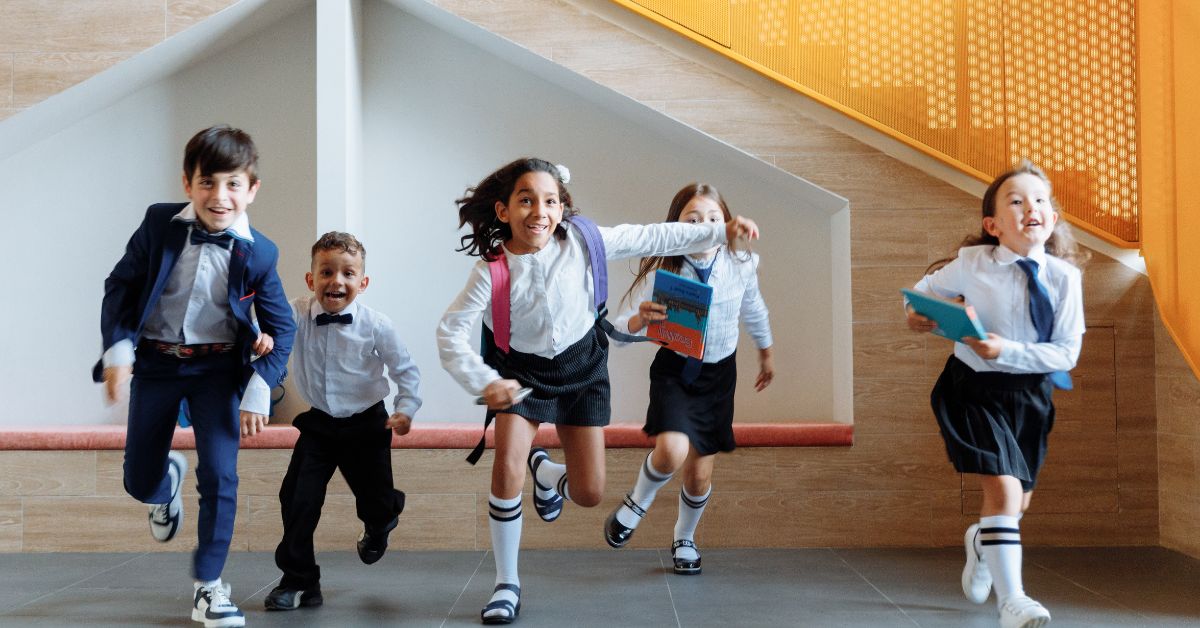Vermont might be a small state, but its schools are doing something big—and surprising. While some places focus on test scores and screen time, Vermont is leaning into something else. Their secret? A mix of outdoor learning, creativity, and community.
These may not sound high-tech, but they are helping students thrive in ways that matter most. And it’s catching the attention of educators around the country.
What Makes Vermont Schools Special?
So what exactly is going on in Vermont’s classrooms? Here’s what stands out:
- Learning happens outside—in forests, gardens, and parks.
- Teachers use real-world activities like gardening, woodworking, or hiking to teach science and math.
- Parents and neighbors get involved, helping students feel supported.
- Students learn at a slower pace, with more time to explore and think.
It’s not about fancy equipment or giant budgets. It’s about connection, not just content.
The Power of Nature and Hands-On Learning
Vermont schools believe students learn better when they use their hands, move their bodies, and feel connected to nature. Many schools now offer:
- Outdoor classrooms in forests or gardens
- Nature walks for science lessons
- Building projects for math and teamwork
- Snowshoeing and hiking in gym class
This kind of learning keeps students engaged—and healthier, too.
Vermont’s “Secret Ingredients” for Success
| Secret Ingredient | How It Helps Students |
|---|---|
| Nature-Based Learning | Builds curiosity and focus |
| Creative Classrooms | Encourages problem-solving |
| Community Involvement | Gives students strong support |
| Slower, Deeper Learning | Reduces stress and boosts thinking |
| Real-Life Activities | Makes learning more meaningful |
Teachers Who Think Differently
Vermont teachers are trained to go beyond the textbook. They learn how to guide students through:
- Group discussions outdoors
- Art projects tied to science or history
- Environmental education tied to climate change or gardening
- Reflection and journaling after nature walks
These teachers act more like guides and mentors than just rule-makers. That makes students feel more respected—and more excited to learn.
Community Is the Backbone
In many Vermont schools, community members help shape education. This includes:
- Farmers and local artists who visit classrooms
- Parents who volunteer to lead nature hikes
- Libraries, food co-ops, and local businesses that support school programs
- Town events that mix learning with fun
This kind of learning builds a sense of belonging. Kids feel like their whole town is rooting for them.
Not About Fancy—It’s About Real
Let’s be real: Vermont schools don’t always have the newest tech or biggest buildings. But what they do have is real learning that sticks. Students learn to:
- Solve problems with creativity
- Work together and respect different ideas
- Care for nature and their communities
- Think deeply, not just memorize facts
That’s the kind of education that lasts a lifetime.
Conclusion
Vermont schools have found a recipe that works—not with expensive gear, but with heart, hands, and homegrown ideas. By blending outdoor adventures, creative lessons, and strong community support, they’re helping students grow in every way—smart, kind, confident, and connected.
So if you’re wondering what’s working in education today, look to Vermont. Their secret ingredient isn’t so secret anymore—it’s learning that feels real.
FAQ’s
Q1: Do Vermont schools still teach regular subjects like math and reading?
A1: Yes! They teach all standard subjects, but in creative, hands-on ways.
Q2: Is outdoor learning safe in cold weather?
A2: Yes. Students dress in warm layers, and schools have safety plans in place.
Q3: Can other schools use Vermont’s model?
A3: Absolutely! Many of Vermont’s ideas—like nature learning and community support—can work anywhere with a little planning.








